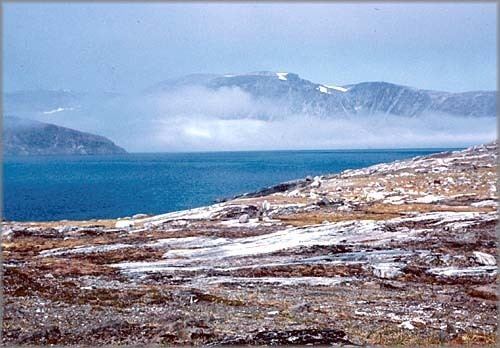 | ||
Northumbria because i am flawed i forgive you
Helluland is the name given to one of the three lands seen by Bjarni Herjólfsson, encountered by Leif Ericson and further explored by Þorfinnr "Karlsefni" Þórðarson around AD 1000 on the North Atlantic coast of North America.
Contents
- Northumbria because i am flawed i forgive you
- Northumbria helluland
- Scholarly opinion
- In ancient Icelandic scholarship
- According to the Sagas
- Contact with other cultures
- References
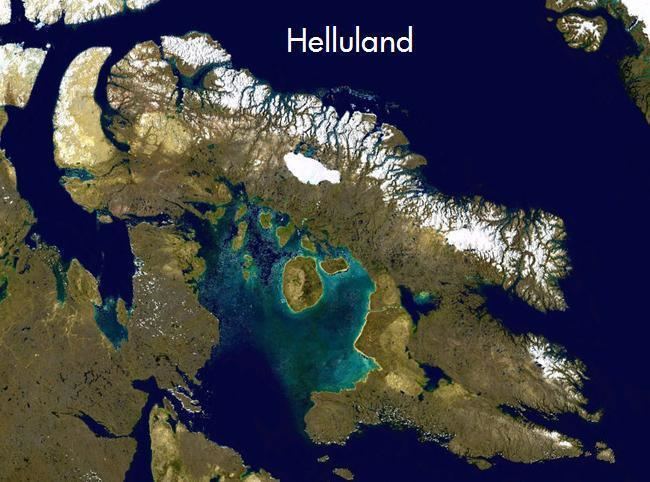
Northumbria helluland
Scholarly opinion
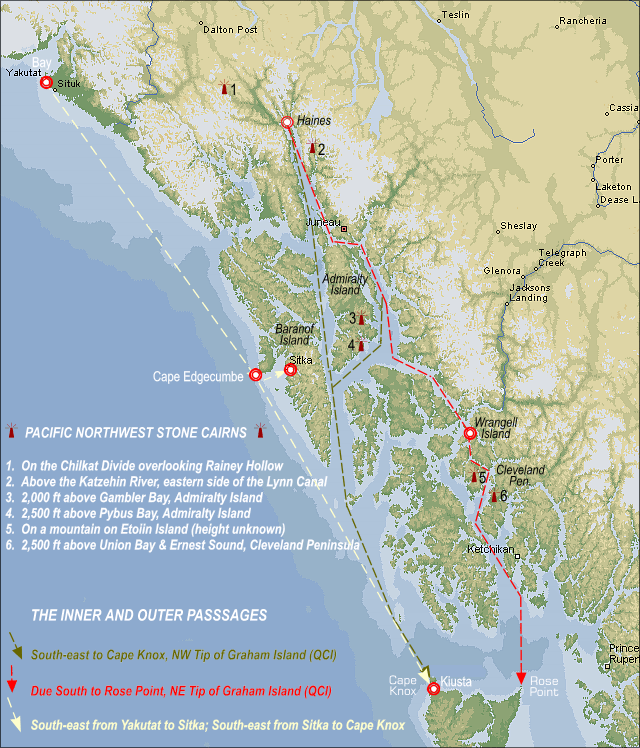
The Icelandic Saga of Erik the Red and the Greenland Saga characterized Helluland as a land of flat stones (Old Norse: hella). According to a 2012 article by Jónas Kristjánsson et al., most scholars agree that Helluland corresponds to Baffin Island in the present-day Canadian territory of Nunavut.
In ancient Icelandic scholarship
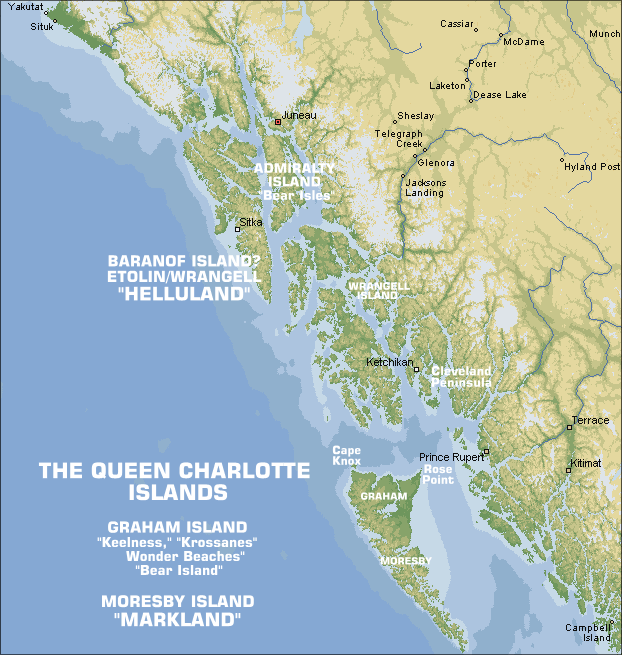
According to a footnote in Arthur Middleton Reeves's The Norse Discovery of America (1906), "the whole of the northern coast of America, west of Greenland, was called by the ancient Icelandic geographers Helluland it Mikla, or Great Helluland; and the island of Newfoundland simply Helluland, or Litla Helluland."
According to the Sagas
Helluland was the first of three lands in North America visited by Eriksson. He decided against trying to settle there because he found the land inhospitable. He continued south to Markland (probably Labrador) and Vinland (possibly Newfoundland).
According to the Saga of Erik the Red,
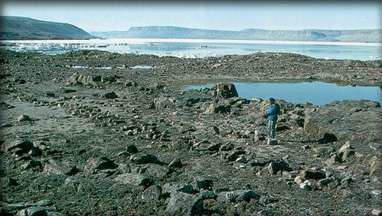
"They sailed away from land; then to the Western Settlement and to Bjarneyjar (the Bear Islands). Thence they sailed away from Bjarneyjar with northerly winds. They were out at sea two half-days. Then they came to land, and rowed along it in boats, and explored it, and found there flat stones, many and so great that two men might well lie on them stretched on their backs with heel to heel. Polar-foxes were there in abundance. This land they gave name to, and called it Helluland." [the land of flat stones]
Contact with other cultures
From the testimony of the sagas, the Norse explorers probably made contact with the native Dorset culture of the region, people whom the sagas term skrælings. Historians suggest the contact had no major cultural ramifications for either side.
Patricia Sutherland of the Canadian Museum of Civilization originally found in the museum's collections yarn collected in archaeological digs on Baffin Island that corresponded to that found in Viking settlements in Greenland, which led her to explore in depth the potential that Vikings had settled on Baffin Island. Over a number of years searching in collections and digging at sites such as Tanfield Valley, she found numerous artifacts, such as tally sticks, signs of iron and bronze metallurgy and whetstones used for sharpening metal tools, and European-style masonry and turf construction, which indicated to her that the Vikings had been on Baffin for an extended period and likely had an established trading relationship with the Dorset natives in the area.
Sutherland's new findings further strengthen the case for a Viking camp on Baffin Island. "While her evidence was compelling before, I find it convincing now," said James Tuck, professor emeritus of archaeology, ... at Memorial University."
